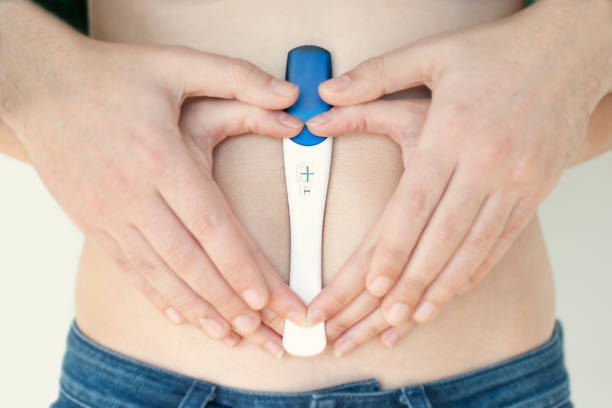Last Updated on August 16, 2024 by Silvy
Understanding Ovulation and Fertile Days
Determining your ovulation and fertile days is crucial for planning pregnancy or avoiding it.
By accurately calculating these days, you can maximize your chances of conception or better understand your menstrual cycle.
Here’s a detailed guide to help you pinpoint your ovulation day and fertile window.
Know Your Cycle Length
To accurately predict ovulation, you need to know the length of your menstrual cycle. A typical cycle ranges from 21 to 35 days.
If your cycle is outside this range, it’s advisable to consult with a gynecologist, as this could indicate an underlying issue.

Measuring Your Cycle Length
To find your cycle length, count the number of days from the first day of your period until the first day of your next period.
For instance, if your period starts on June 9 and your next period begins on July 5, your cycle length is 27 days. Always use the first day of one period to the first day of the next to measure your cycle accurately.
Calculating Ovulation Day
Once you know your cycle length, you can estimate your ovulation day by subtracting 14 days from your cycle length.
This formula is based on the typical luteal phase, which lasts about 14 days.
Example Calculation
If your cycle length is 27 days, subtract 14 from 27:
27 – 14 = 13
Thus, your ovulation day is likely to be on the 13th day from the start of your period. For example, if your period began on August 9, your ovulation day would be August 21.
Ovulation lasts approximately 24 hours, so knowing this can help you plan accordingly.

Determining Your Fertile Window
Your fertile window is the period during which conception is most likely. It typically includes the five days leading up to ovulation and the day after.
So, if your ovulation day is August 21, your fertile window would span from August 16 to August 22. This seven-day period provides the best chances for conception.
#Ovulation
— Prince Fynn (@Prince_Fynnd) July 12, 2024
Topic: Back To The Topic of Ovulation
" For those asking how to calculate ovulation and fertile days, here we go again!#Summary
First you need to know your cycle length before you can know your likely ovulation day. Note that a normal cycle length ranges between… pic.twitter.com/b7fzrOXhvy
Conclusion
Accurately calculating your ovulation day and fertile window is essential for effectively planning your pregnancy or understanding your menstrual cycle.
By following the steps outlined above—knowing your cycle length, calculating your ovulation day, and identifying your fertile window—you can take control of your reproductive health with confidence.
If you have irregular cycles or difficulties with these calculations, consulting with a healthcare provider is recommended.
FAQs
What is ovulation?
Ovulation is the process during which an ovary releases an egg, which can then be fertilized by sperm. It typically occurs in the middle of your menstrual cycle.
How can I tell if I’m ovulating?
Symptoms of ovulation may include changes in cervical mucus, a slight increase in basal body temperature, and ovulation predictor kits. Tracking these signs can help confirm ovulation.
Why is it important to know my fertile window?
Knowing your fertile window helps you time intercourse for conception or avoid pregnancy. It provides insight into the best days for getting pregnant.
Can stress affect ovulation?
Yes, stress can impact your menstrual cycle and ovulation, potentially causing irregular cycles or missed periods.
What if my cycle is irregular?
For irregular cycles, tracking ovulation might be more challenging. Consult a healthcare provider for personalized advice and possible treatment options.
References


